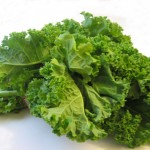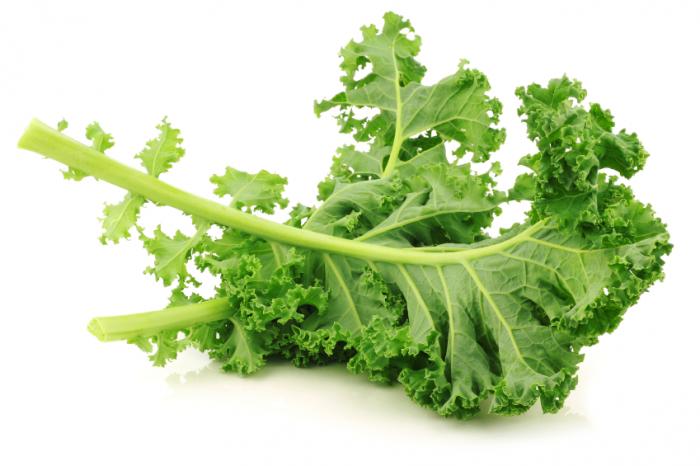 When it comes to nutrient density, kale ties with its flat-leafed cousin, collard greens. They share high levels of the following nutrients:
When it comes to nutrient density, kale ties with its flat-leafed cousin, collard greens. They share high levels of the following nutrients:
1. Calcium. Those dark green leaves are chock full of the white powder! If you don’t believe me, steam them in a frying pan, remove the greens, and allow the water in the pan to evaporate. You’ll see the evidence the next day.
2. Potassium. Supports healthy blood pressure and fluid balance in the body, while our hearts cannot beat without it.
3. Lutein. An antioxidant carotenoid related to beta-carotene, lutein is vital for preserving central vision by protecting the macula at the back of the eye.
4. Vitamin K. Without it, our blood would not clot readily and we would hemorrhage to death. Few foods have as much of this nutrient as kale.
5. Vitamin C. C is for collagen, and most proteins of the body are made from it: bones, gums, muscle, blood vessels,…without it, the infections and deterioration signs like scurvy will result.
6. Indole-3-carbinol: This neat plant compound helps the liver break estrogens down into weak metabolites, or waste products. Estrogen clearance is very important in preventing diseases of hormone imbalance, such as fibrocystic breasts, breast cancer, fibroids, and even premenstrual syndrome.
7. Folic acid (folate): It’s not just for babies! This B vitamin is needed for proper cell division. It’s necessary for prevention of mutations and cancer, which occur when a stressor causes the cell to divide immaturely.
 8. Glucosinolates. This family of phyto-chemicals includes sulforophanes, which have proven cancer-preventive properties. They function as antioxidants, scavenging and neutralizing free radicals–the unstable molecules generated by toxins and everyday activities that cause cellular damage.
8. Glucosinolates. This family of phyto-chemicals includes sulforophanes, which have proven cancer-preventive properties. They function as antioxidants, scavenging and neutralizing free radicals–the unstable molecules generated by toxins and everyday activities that cause cellular damage.
9. Vitamin A. Actually pro-vitamin A, beta-carotene is a major contributor of the green colour of kale. This anti-oxidant fights toxins, supports vision and the mucous membranes that line our orifices and our intestinal wall.
10. Flavonoids. These are potent anti-inflammatory phyto-chemicals. In fact kale contains over 45 of them! Since all disease begins with cellular injury, and inflammation can be a cause, flavonoids like quercetin are highly useful in maintaining health of cells.
Despite all these nutrients, kale has very few calories! One cup of it contains about 20.
Now you’ve got 10 reasons to try kale if you haven’t already. All nutritionists will applaud you!
Tips:
- Buy organically grown kale to reduce chemical exposures.
- Load up on it by adding it to soup and stews, or marinate it to soften its fibres.
- Enjoy!
